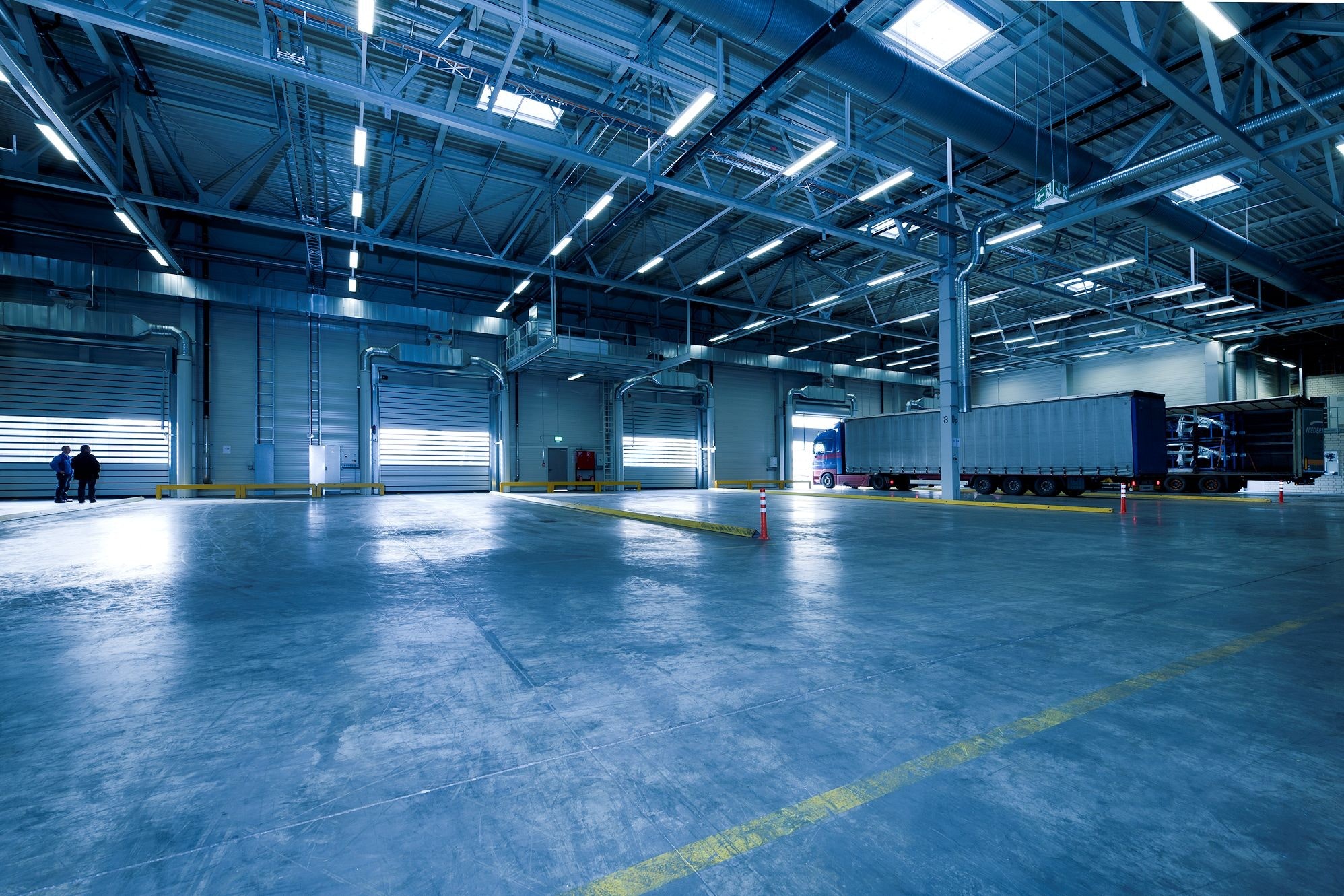
Creating a clean, attractive and practical floor in your commercial or industrial space is extremely important. In retail or commercial environments, it can distract employees and customers. In some cases, an unattractive can even cause them to develop a negative view of your business. In industrial environments, uneven or unclean floors can be a serious distraction, or contribute towards an unsafe working environment. If you’re looking for floor paints and sealers to suit your commercial or industrial space, get in touch with Paintmaster today.
Here at Paintmaster, we can provide a complete range of floors paints, sealers and treatments to suit your needs. Whether your space needs a touch-up, a complete repaint or a damage-resistant treatment, our team are here for you. We can deliver all kinds of floor paints to suit your needs, including oil-based and epoxy treatments.
Before you apply your industry-leading and damage-resistant floor treatments, you will need to create an even surface. In most cases, this will involve the removal of pre-existing floor paints. As these treatments are designed to withstand heavy footfall, they can often be difficult to remove.
How to Remove Paint From Floor?
Paints and sealers for floors can be difficult to remove from all kinds of surfaces. Whether you simply fancy a change, or the existing surface has suffered damage, it is important that you remove as much of the existing paint as possible. These treatments, if left in place, can cause your next application of paint to become discoloured and uneven. In some cases, the existing paint can even prevent the new layer from drying as it should.
Removing paint from concrete surfaces can be extremely difficult. As concrete is porous, it will absorb the paint as it is applied. This can often lead to the concrete becoming stained, which can often have a long-term impact on the future colouring of the surface.
There are several different ways to remove surface treatments, including floor paints and sealers.
Removing Floor Paints from Concrete Surfaces
This will often depend on the kind of surface you’re dealing with. If you need to remove paint from concrete surfaces, you will need:
- Scrub Brush (or Wire Brush).
- Spirits, Turpentine or Paint Stripper.
- Hose.
- Soft Cloths.
Most paint manufacturers will sell paint remover or stripper in addition to the actual paint. If you can’t get alcohol spirits or turpentine to remove the paint, then you should attempt to get hold of professional paint stripper.
- Apply the Paint Stripper – Follow the stripper manufacturer’s recommendations to apply the paint stripper. Make sure the area is evenly covered across the affected surface. In most cases, the stripper will need to be left – this could be anywhere from a few minutes to a few hours. You should always make sure that your surface is cordoned off to prevent anyone from walking on it while the stripper is in effect.
- Scrub the Paint Stripper Away – After the stripping agent has been left for the appropriate amount of time, use the scrubber to remove it. This scrub action should remove most of the paint, in addition to the paint stripper.
- Hose Down the Surface – Once most of the paint comes off the concrete, you need to completely hose down the surface. The high-pressure of your hose will work to blast away any remaining stripping agent, in addition to any paint residue left in place.
- Repeat as Necessary – If your concrete surface still has traces of paint, wait for the concrete to dry from the hosing. Repeat the process as required to eliminate stains and stubborn areas of paint.
Removing Sealers from Commercial and Industrial Floors
Most properties which are required to deal with heavy footfall need to be protected with hard-wearing sealants. It is possible that the sealants present on these surfaces can suffer damage after years of use. They can, for example, be partially worn away. You might also need to remove these sealants if they are preventing you from applying fresh paint to the surface. It is also possible for incorrectly applied sealants to create sealer residue. This can make the surface unpleasant to look at and impractical for use.
If you want to remove sealers from concrete, it can often be useful to re-apply a small amount of the sealant itself. For solvent-based sealants, applying the same treatment again can cause the floor sealer to dissolve. This can make it much easier to clean with a simple absorbent cloth.
Sometimes, it is more practical to use warm water and a micro-abrasive cleaner. Once the cleaner has been applied, get on your knees and start scrubbing. This can take a while if the sealant has been in place for a great deal of time. In some cases, a stripping agent (similar to the one used for paint removal) may be required.
Make sure that you wash the surface down as soon as you’ve finished scrubbing. This can prevent the area from being a health hazard and ensure that paints and sealers left in place aren’t given the chance to solidify again.
For Floor Paints and Sealers (Including Removal Agents) Get in Touch with Paintmaster Today
Here at Paintmaster, our experienced team can deliver a complete range of floor paints and sealers to suit your needs. We can help you to eliminate unwanted paints and sealers, in addition to replacing them as quickly as possible. You’ll be able to protect your space from heavy footfall, impacts and other forms of wear and tear.
For more information, don’t hesitate to get in touch with our experienced team today. You can reach the paint experts at Paintmaster by calling us directly on 01663 733633. You can also email any questions or concerns that you might have to sales@paintmaster.co.uk and we’ll get back to you as quickly as possible.
